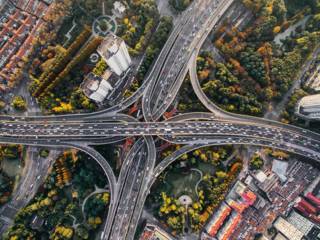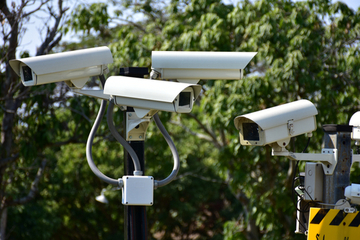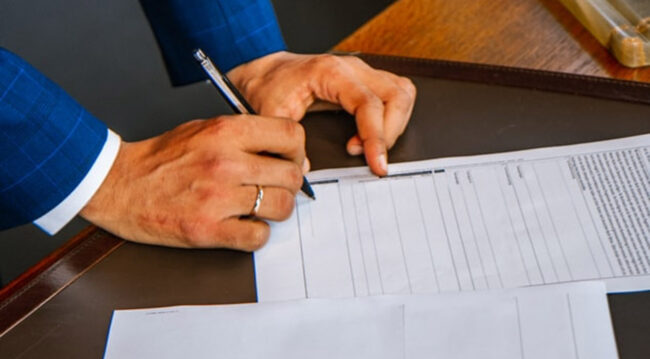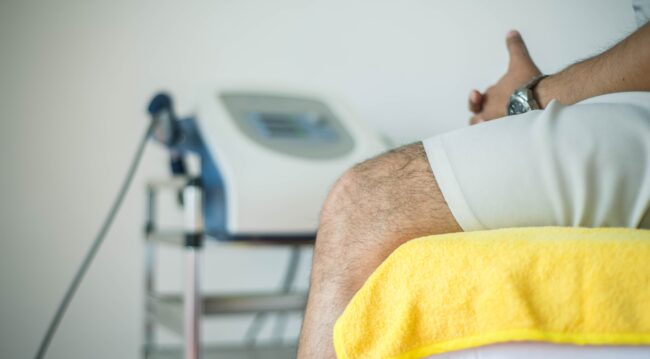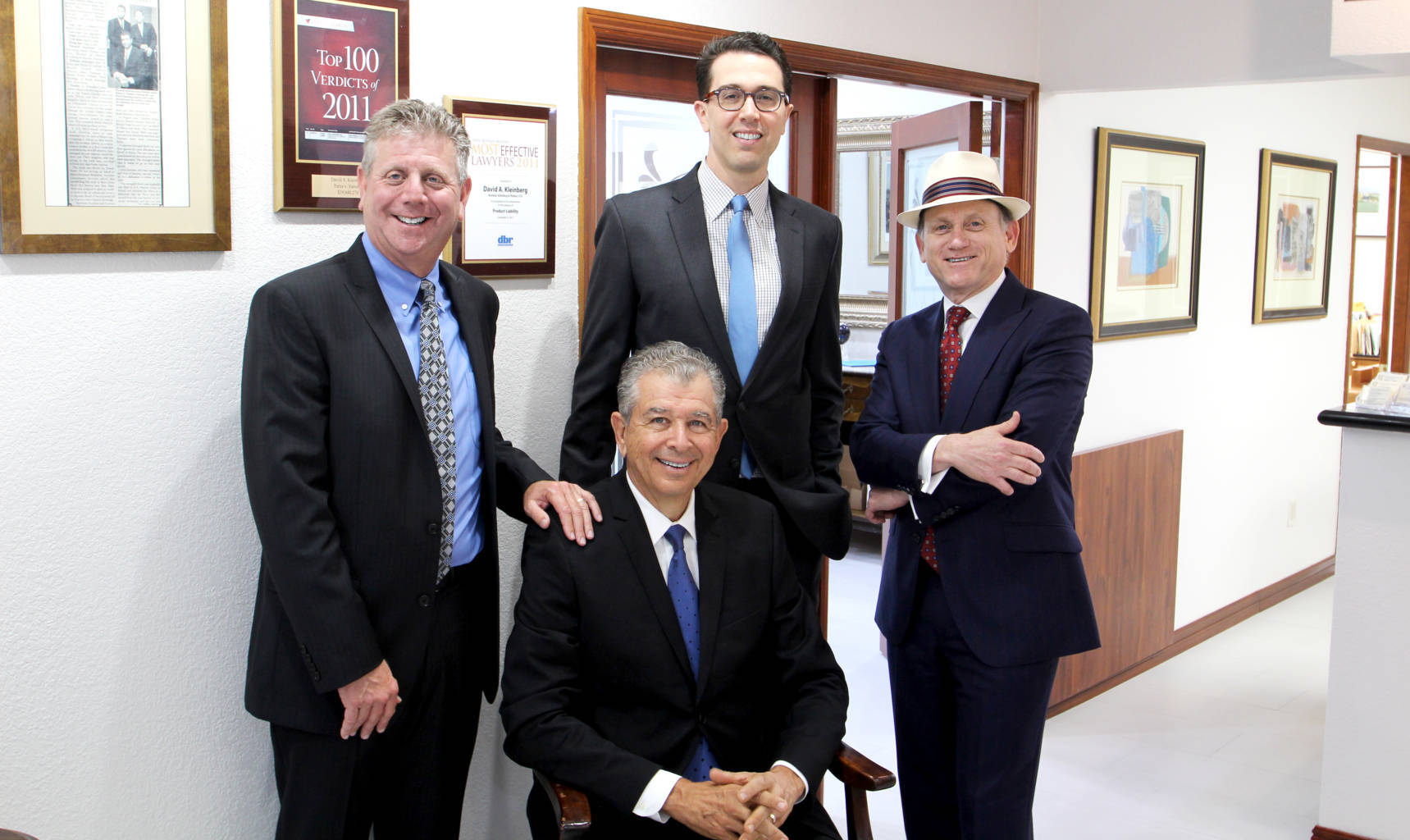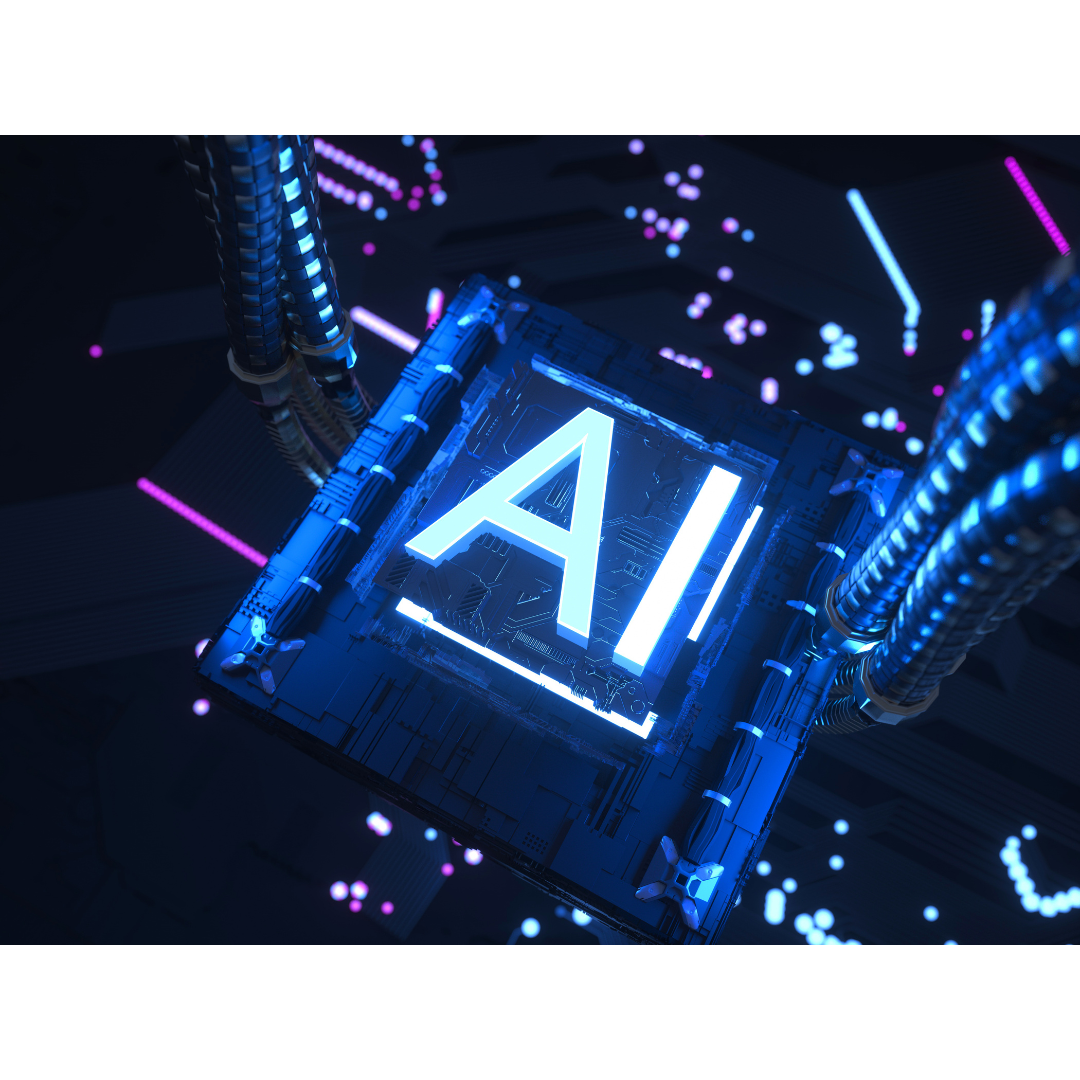
Older Americans lose their balance and fall frequently, especially those with dementia. Falls account for nearly 2.8 million injuries per year, and it’s the number one cause of death among older adults. It’s a growing concern for caregivers and family members. Fortunately, technology is proposing a solution.
What is AI and How Can it Help?
Artificial intelligence (AI) and machine learning work together to predict human behavior, monitor people, machines, and things, and respond to certain types of data.
AI has seeped into just about every area of life, and it’s helping to improve healthcare, and nursing home services, predict falls, and try to prevent them.
Wearables
Apple Watch has a “fall detection” app which monitors a person’s upright state, and when it detects that someone has fallen, it alerts the wearer. If there is no response, it can also call 911 to get help.
This is a simplified version of one way that AI is helping to prevent serious injuries from someone falling. These wearables can also monitor other health statistics, including heart rate and blood-oxygen level.
Camera Monitors
Additionally, families and nursing homes can use AI-equipped cameras to monitor residents who have fallen and alert staff or family members with an alarm.
Some of these camera systems can actually predict falls by monitoring points on the body, before they happen so that a loved one or caregiver can provide assistance.
Other solutions include AI voice-activated lights to illuminate the way and other types of sensors to monitor, predict, and prevent falls and injuries.
Often the biggest issue in these situations is quickly responding to the person who has fallen and getting them help. These types of solutions can mean the difference between saving a life and losing a family member.






